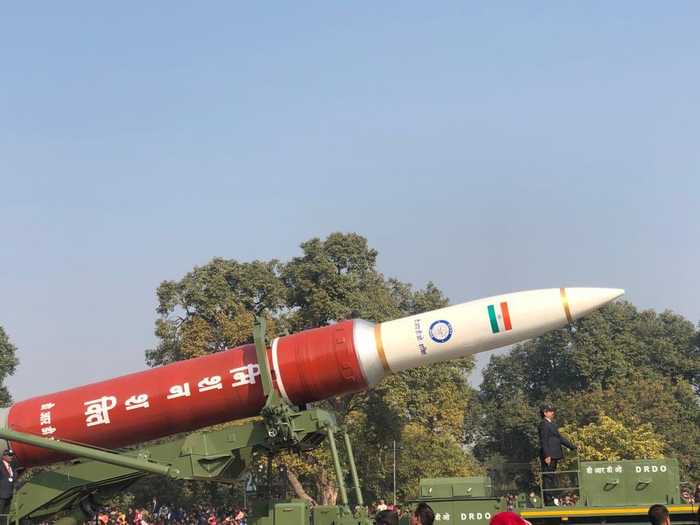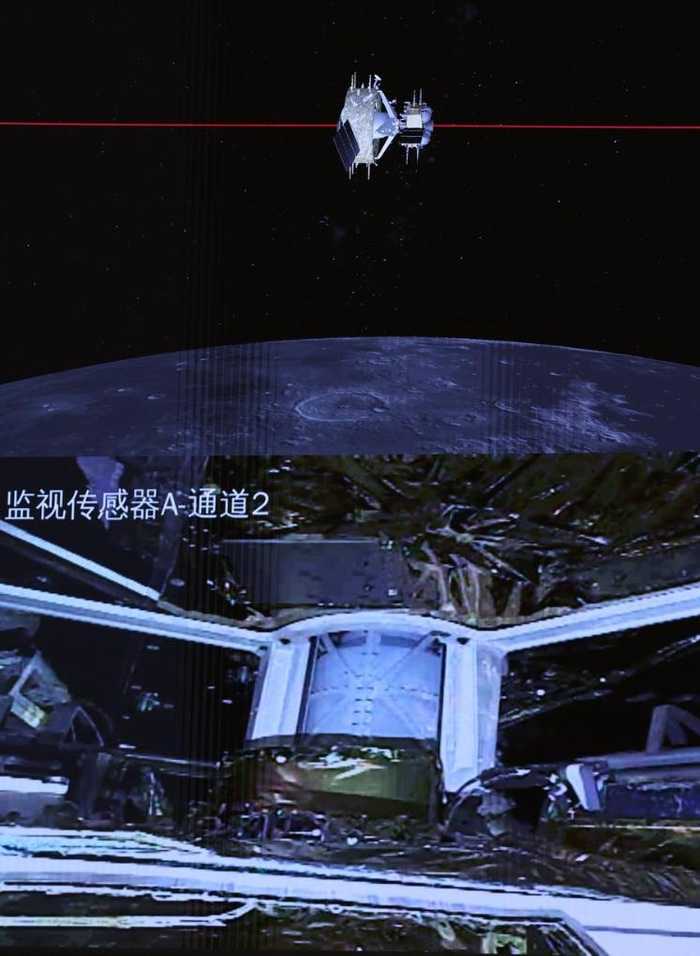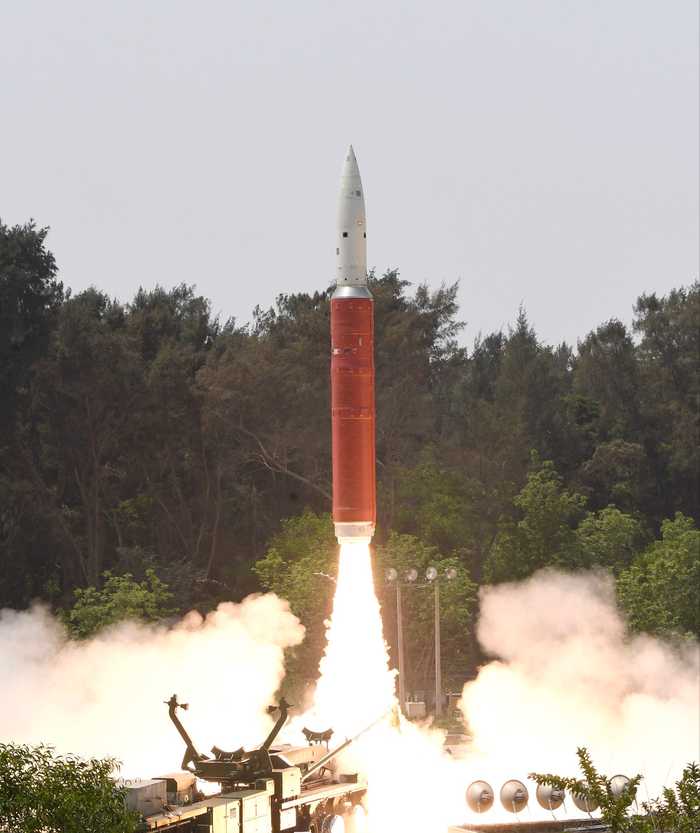Published 18:19 IST, August 23rd 2024
From Chandrayaan-3 to ASAT, National Space Day 2024 Spotlights India’s Space Triumphs
National Space Day 2024 commemorates India’s significant achievements in space exploration, notably the Chandrayaan-3 mission's historic moon landing on August
- Defence
- 4 min read
New Delhi, India: National Space Day 2024 stands as a testament to the critical role that space exploration has played in India's scientific and technical progress. This date was carefully chosen to coincide with the anniversary of India's Chandrayaan-3 mission, which, on August 23, 2023, made India the fourth nation in history to reach the moon. This monumental achievement not only highlighted the growing capabilities of the Indian Space Research Organisation (ISRO) but also inspired national pride and garnered international recognition for the country’s space program.
India’s space program has been instrumental in providing a range of satellite-based services, from telemedicine and banking to resource mapping and marine fishing. With the largest fleet of civilian communication satellites in the Asia-Pacific region and an extensive array of civilian remote-sensing satellites, India’s satellite infrastructure plays a vital role in the nation's strategic and economic framework. These satellites, particularly those deployed in the Indian Ocean Region (IOR) and along the Indo-Pakistan and Indo-China borders, offer crucial strategic advantages by facilitating satellite communication and imagery for decision-makers and security forces. However, this extensive satellite fleet, a key component of India’s national infrastructure, was rendered vulnerable almost overnight following China's Anti-Satellite (ASAT) test in 2007.
The Evolution of Indian ASAT Deterrence
India’s response to the growing threat posed by China's counterspace capabilities culminated in the successful execution of Mission Shakti, an ASAT test that signaled India’s intent and capability to protect its space assets. The test was widely seen as a significant achievement, fulfilling its political and strategic objectives by demonstrating India’s capacity for space defense. Yet, as India celebrates this success, questions linger about whether Mission Shakti’s intercept will suffice to counter the expanding Chinese threat to India’s space program. Despite the deterrent effect communicated by this success, it is evident that India has considerable ground to cover in creating a robust and comprehensive deterrence framework.

To effectively counter China’s growing counterspace capabilities, India must integrate its Ballistic Missile Defence (BMD) program with its ASAT capabilities, while also advancing in cyber warfare and hypersonic weapon technologies. A detailed analysis of each Indian space platform against actual Chinese counterspace systems is crucial. This analysis must account for the systems' locations, operational capabilities, orbital paths, technical characteristics, and their resilience to potential attacks, along with their connections to ground control nodes and broader national security infrastructure.
As India charts its future course in space security, policymakers face three unavoidable realities. First is the extensive and diverse array of Chinese counterspace capabilities, which span the entire spectrum of lethality and reversibility. These capabilities include sophisticated cyberattacks on ground stations, aimed at manipulating or seizing control of the telemetry, tracking, and command systems used to operate spacecraft in orbit. Furthermore, China’s investment in radio frequency jammers—operating from ground, air, and space-based platforms—poses a direct threat to the uplinks, downlinks, and crosslinks essential for space system communications.
Challenges Ahead for India
Another emerging threat is the development of Co-orbital “service” satellites by China, designed to physically harm or alter the trajectory of target satellites using mechanical interference, such as robotic arms. The most vulnerable to these threats are India’s earth observation, electronic intelligence gathering, and scientific research satellites.

Secondly, while these Chinese counterspace threats are at varying stages of development, they are not distant or hypothetical challenges. Some of these threats already present a clear and immediate danger to India. Although China’s primary adversary remains the United States, India cannot afford to ignore the evolving Chinese counterspace threat, especially given its limited resources and technological capabilities. The relentless advancement of these capabilities by Beijing, despite being primarily directed at the U.S., still poses a significant threat to India, demanding attention and strategic countermeasures.
Lastly, the significant asymmetry between Chinese and Indian counterspace capabilities presents a formidable challenge. China’s broader array of both lethal and nonlethal counterspace weapons creates a strategic imbalance that complicates India’s efforts to effectively deter Chinese space denial activities. This reality, often overlooked in the enthusiastic Indian narrative surrounding its successful ASAT test, underscores the limitations of India’s kinetic ASAT system. While it can prevent kinetic attacks on India’s space systems, the more likely threat lies in Beijing’s investment in alternative, less destructive but equally effective instruments designed to stifle India’s space capabilities.

As National Space Day 2024 commemorates India’s strides in space exploration, it also highlights the growing challenges the country faces in safeguarding its space assets. The success of Chandrayaan-3 and the development of India’s ASAT capabilities are significant milestones, yet the journey toward achieving a robust space deterrence framework is far from complete. India must continue to innovate and strengthen its space security measures to protect its strategic interests in an increasingly contested and congested space environment.
Updated 18:19 IST, August 23rd 2024